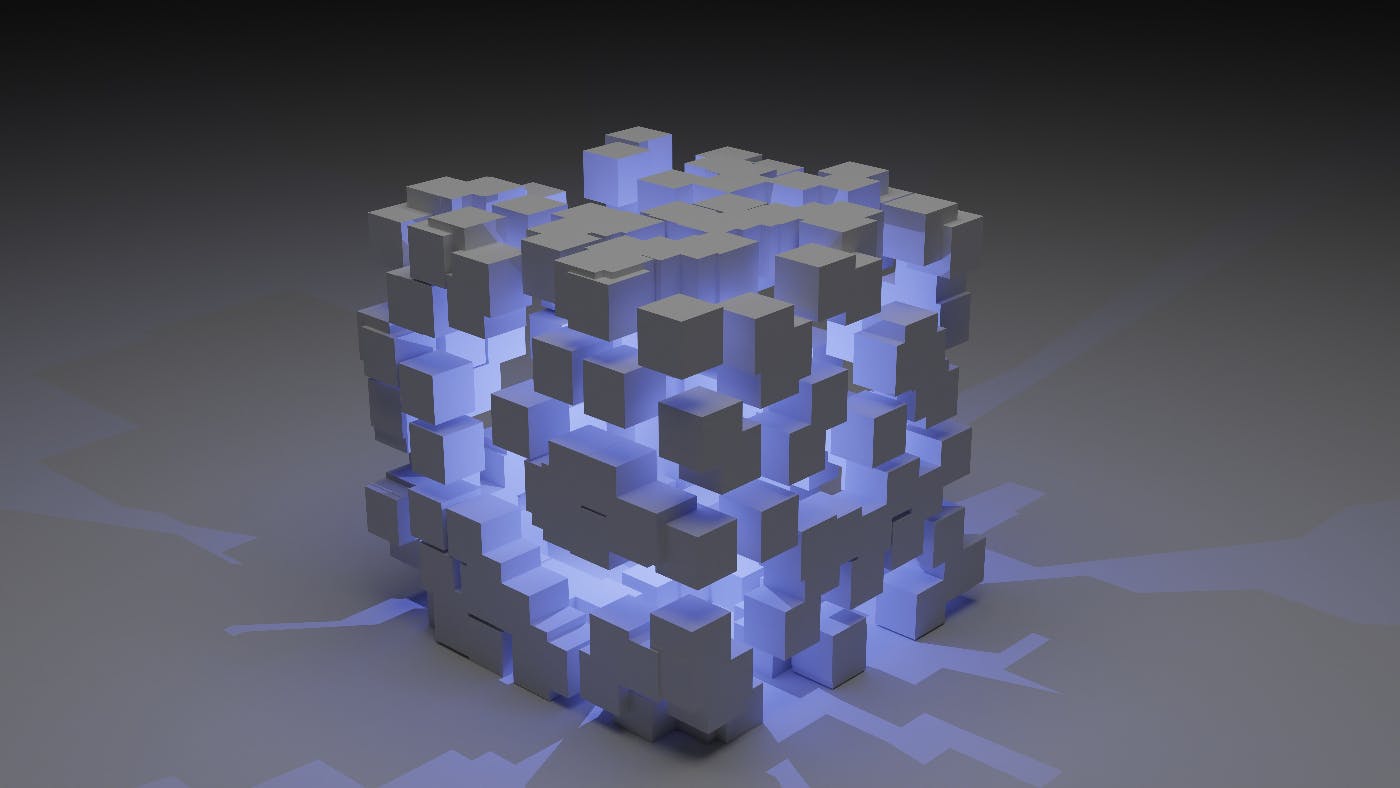
The Internet has revolutionized communication, accessing information, and conducting business. However, it has also faced significant challenges, such as privacy, security, and centralized control concerns.
The Internet has revolutionized communication, accessing information, and conducting business. However, it has also faced significant challenges, such as privacy, security, and centralized control concerns. Web3, also known as the decentralized web or the Web of Trust, is an emerging concept that aims to address these issues by leveraging blockchain technology and decentralized protocols. In this article, we will explore the potential of Web3 and its implications for the future of the decentralized Internet.
Understanding Web3
Web3 represents a paradigm shift from the traditional Web 2.0 model, where central authorities and intermediaries play a dominant role in facilitating online interactions. In Web3, the power is redistributed among the network participants, enabling peer-to-peer interactions, trustless transactions, and user ownership of data. With its immutable and transparent nature, blockchain technology forms the backbone of Web3 applications, ensuring security and accountability.
Web3 refers to the next generation of the internet, built on the principles of decentralization, transparency, and user empowerment. It represents a fundamental shift in how online interactions and transactions are conducted, moving away from centralized authorities and intermediaries towards a distributed network of participants.
One of the critical features of Web3 is the use of blockchain technology as its underlying infrastructure. A blockchain is a decentralized and distributed ledger that records transactions across multiple computers or nodes. It provides a secure and transparent way of storing data, as each transaction is verified by the network participants and added to a chain of blocks that cannot be altered or tampered with. This immutability and transparency make blockchains well-suited for building trust and accountability in Web3 applications.
In Web3, peer-to-peer interactions have become the norm. Instead of relying on centralized platforms or services, individuals can directly interact with each other without intermediaries. This enables greater autonomy and control over personal data and digital assets. For example, in Web3 applications, users can have ownership and control over their data, deciding how and when to share it rather than surrendering it to centralized platforms.
Another essential concept in Web3 is the idea of trustless transactions. Traditional online transactions often require trust in intermediaries such as banks, payment processors, or marketplaces. Web3 applications leverage smart contracts, which are self-executing contracts with the terms of the agreement directly written into code. These contracts automatically execute transactions once predefined conditions are met, without the need for intermediaries. Trust is established through code and cryptography, reducing the need to rely on centralized authorities.
Web3 also embraces decentralized governance models. Instead of having a central authority making decisions, governance mechanisms in Web3 applications are often community-driven. The participants make decisions about protocol upgrades, development direction, and resource allocation collectively through voting or consensus mechanisms. This allows for more democratic decision-making and avoids the concentration of power in the hands of a few.
With Web3, a wide range of applications and use cases become possible. Decentralized finance (DeFi) is one prominent example, where financial services like lending, borrowing, and trading can be conducted without intermediaries using smart contracts and cryptocurrencies. Other areas that can benefit from Web3 include supply chain management, healthcare, energy, gaming, and social media, among many others.
However, it's important to note that Web3 is still a rapidly evolving field, and there are various technical and usability challenges that need to be addressed. Scalability, user experience, privacy, and regulatory considerations are some areas that require further development and refinement.
Overall, Web3 represents a paradigm shift in how we interact and transact online. By leveraging blockchain technology and decentralization principles, it aims to empower individuals, enhance privacy and security, and create a more open and inclusive digital ecosystem.
Let’s break this down a bit.

Decentralized Applications (DApps)
One of the key components of Web3 is the development of decentralized applications or DApps. These are applications that run on blockchain networks and enable direct interaction between users without intermediaries. DApps can range from social media platforms and decentralized finance (DeFi) applications to supply chain management systems and decentralized file storage solutions. By eliminating the need for centralized control, DApps offer greater privacy, censorship resistance, and user control over data.
Smart Contracts and Tokenization
Smart contracts are self-executing contracts with the terms of the agreement directly written into code. They facilitate trustless interactions by automatically enforcing the agreed-upon conditions without the need for intermediaries. Smart contracts play a crucial role in Web3 by enabling secure and transparent transactions across various industries. Additionally, tokenization, the representation of real-world assets or utility within a blockchain token, allows for fractional ownership, liquidity, and interoperability of assets, unlocking new possibilities for economic models and value creation.
Interoperability and Cross-Chain Communication
Web3 aims to break down the silos of different blockchain networks and foster interoperability among them. Cross-chain communication protocols and standards like Polkadot, Cosmos, and Interledger enable seamless interaction between multiple blockchains. This interoperability paves the way for a more connected and efficient decentralized internet, where assets and data can move freely across different networks, fostering innovation and collaboration.
Governance and Decentralized Autonomous Organizations (DAOs)
Web3 introduces novel governance models through the concept of Decentralized Autonomous Organizations (DAOs). DAOs are organizations that operate based on smart contracts and community-driven decision-making. They allow participants to have a say in the direction of the organization and the allocation of resources. By eliminating centralized control and enabling collective decision-making, DAOs empower individuals and communities, creating a more inclusive and transparent system of governance.
Web3 and Privacy

Privacy has been a significant concern in the digital age. Web3 provides solutions prioritizing user privacy through zero-knowledge proofs, homomorphic encryption, and decentralized identity management systems. These technologies give individuals greater control over their personal data, allowing them to share it selectively and securely. Web3's privacy-centric approach aims to restore trust in online interactions and protect users' sensitive information from unauthorized access.
Challenges and Considerations
While Web3 holds immense potential, some challenges must be addressed for widespread adoption. Scalability remains a critical issue, as blockchain networks face limitations in terms of transaction throughput and latency limitations. Additionally, user experience and interface design need to improve to make Web3 applications more user-friendly and accessible to the masses. Moreover, regulatory frameworks and legal considerations surrounding decentralized systems must be defined to ensure compliance and protect user rights.
Summing Up
Web3 represents a transformative vision for the future of the internet and digital interactions. Its decentralized, open, and trustless nature has the potential to revolutionize various sectors and empower individuals in ways previously unimaginable. By leveraging blockchain technology, smart contracts, and decentralized applications (dApps), Web3 enables direct peer-to-peer interactions, eliminates intermediaries, and ensures data privacy and ownership.
The shift towards Web3 signifies a departure from the centralized control and surveillance that have characterized Web2, paving the way for a more inclusive and democratized digital landscape. With Web3, individuals can regain control over their data, participate in decentralized governance, and engage in transparent and secure transactions.
Furthermore, Web3 opens up new avenues for innovation, fostering the development of novel business models, token economies, and decentralized finance (DeFi) platforms. While Web3 is still in its early stages, its potential is immense. As more projects and communities embrace its principles, we can expect to see a profound impact on how we interact, transact, and collaborate online.
The journey towards Web3 is not without challenges, including scalability, user experience, and regulatory considerations, but the promise of a more equitable and empowering internet is worth pursuing. Web3 promises to transform the Internet into a decentralized, user-centric ecosystem that empowers individuals, fosters innovation, and redefines the way we connect and transact in the digital realm. It is a vision that invites us to reimagine and reshape the future of the internet, and by embracing its principles, we can strive towards a more open, inclusive, and decentralized digital society.
Talk to Experience
ThoughtLab is a full-service agency with experience in the web3 world. Wondering about your place in web3 and how to bring your business or brand into that world? Talk to ThoughtLab and see yourself further in web3.

